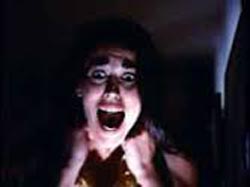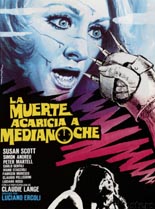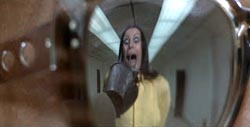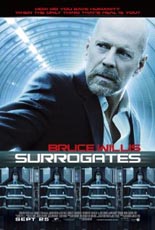
 In the future, you can live out your life through a replica while you lie in comfort, manipulating it via mere thought — seeing what it sees, feeling what it feels. Yes, that’s James Cameron’s Avatar. But it’s also Jonathan Mostow’s Surrogates, a Bruce Willis vehicle that’s not another Die Hard sequel.
In the future, you can live out your life through a replica while you lie in comfort, manipulating it via mere thought — seeing what it sees, feeling what it feels. Yes, that’s James Cameron’s Avatar. But it’s also Jonathan Mostow’s Surrogates, a Bruce Willis vehicle that’s not another Die Hard sequel.
Based on the excellent 2006 graphic novel by Robert Venditti and Brett Weldele, Surrogates imagines that mass-produced robot stand-ins have caught on so well, violent crime has plunged 99 percent. That 1 percent takes a terrifying turn when two surrogates are murdered in an act that also offs their owners, reclining supposedly safely at home.
FBI agents Greer (Willis) and Peters (Radha Mitchell, Silent Hill) are called in to investigate, and to be honest, the trail isn’t exactly cold, given that there’s a crazed anti-surrogate movement headed by a dreadlocked, compound-residing man who calls himself Prophet (Ving Rhames, Piranha 3D).
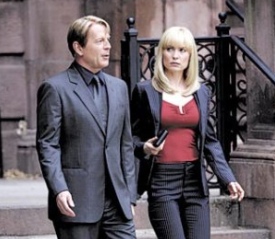 Despite the core similarity to the aforementioned Avatar, the movie Surrogates really reminds one of is I, Robot, once the murder mystery gets going. Hell, both even feature James Cromwell in virtually the same role! But whereas that Will Smith blockbuster was dreadful in everything but effects, Surrogates musters enough pizazz in a lean, mean 89 minutes — with credits — that it merits a recommendation.
Despite the core similarity to the aforementioned Avatar, the movie Surrogates really reminds one of is I, Robot, once the murder mystery gets going. Hell, both even feature James Cromwell in virtually the same role! But whereas that Will Smith blockbuster was dreadful in everything but effects, Surrogates musters enough pizazz in a lean, mean 89 minutes — with credits — that it merits a recommendation.
It’s not action on a grand scale, but it sure delivers the goods greater than Mostow’s most high-profile time at bat, with 2003’s disappointing Terminator 3: Rise of the Machines. His stylistic changes in bringing the book to life are interesting. For example, whereas Venditti and Weldele’s work was almost monochromatic, there isn’t a color on the palette Mostow doesn’t use, and candy-coated at that.
That’s reflective of society’s superficial nature, which — after technology — is the movie’s true target. With that comes the decision to cast surrogates in plastic, Barbie-like features. In the graphic novel, you couldn’t tell the difference between humans and surrogates, but here, it’s obvious at every turn, which dilutes some of the suspense. Still, the fact that there’s at least some there makes the flick fun for an overnight rental. —Rod Lott

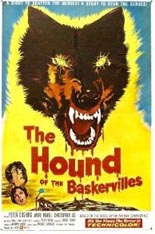
 Too bad 1959’s
Too bad 1959’s 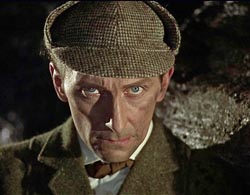
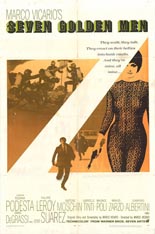

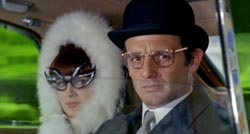
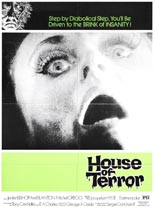
 In need of a fresh start, Jennifer (Jenifer Bishop,
In need of a fresh start, Jennifer (Jenifer Bishop, 